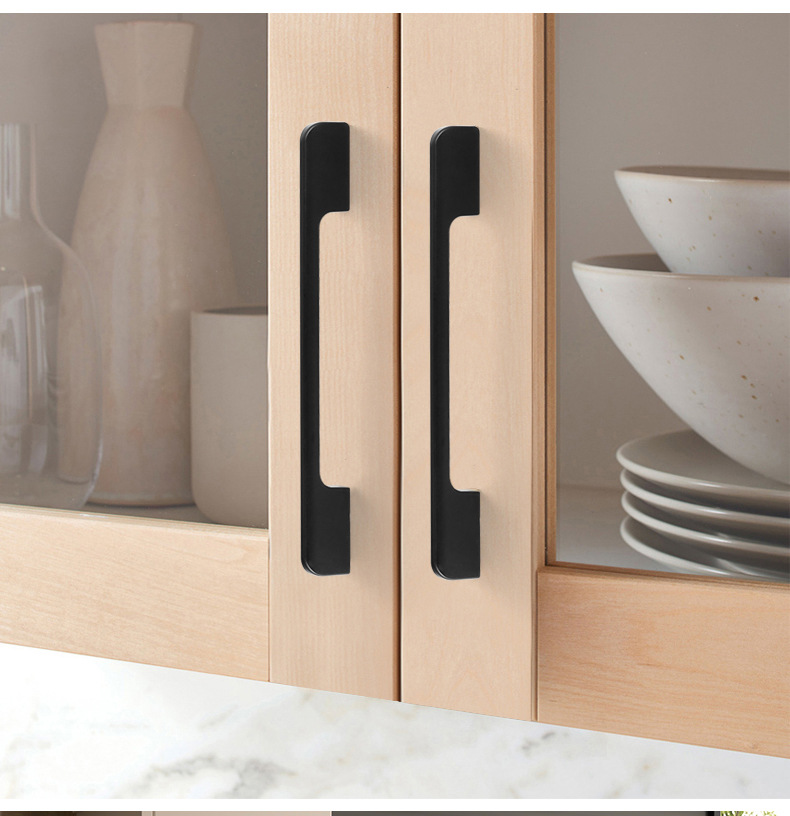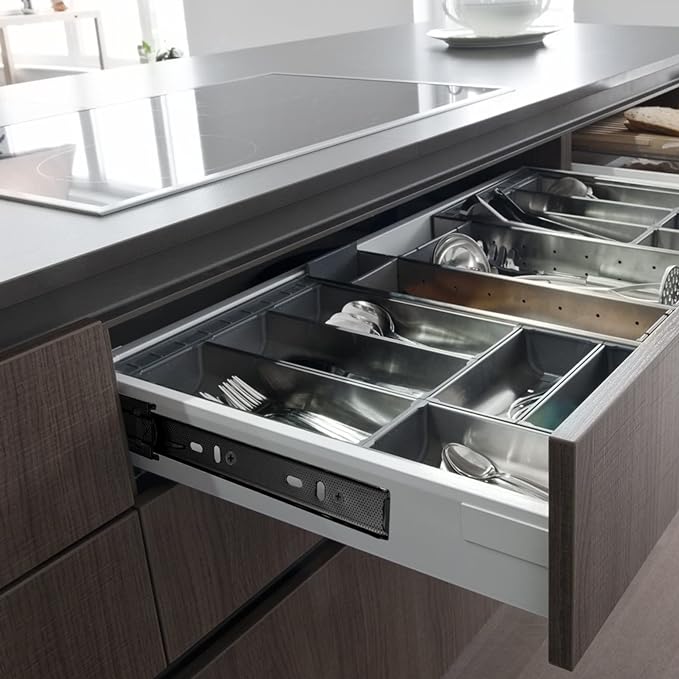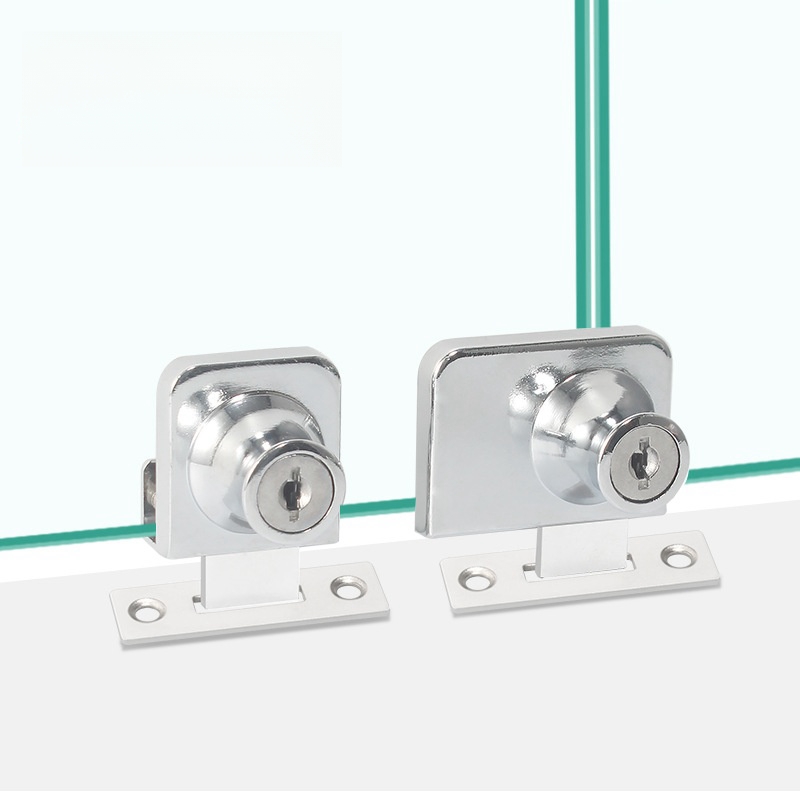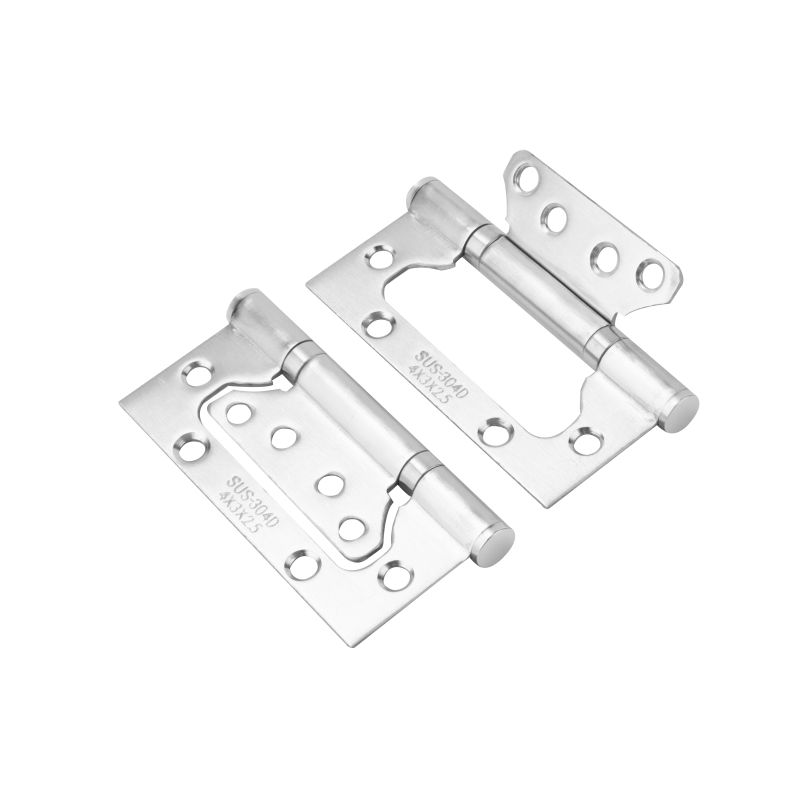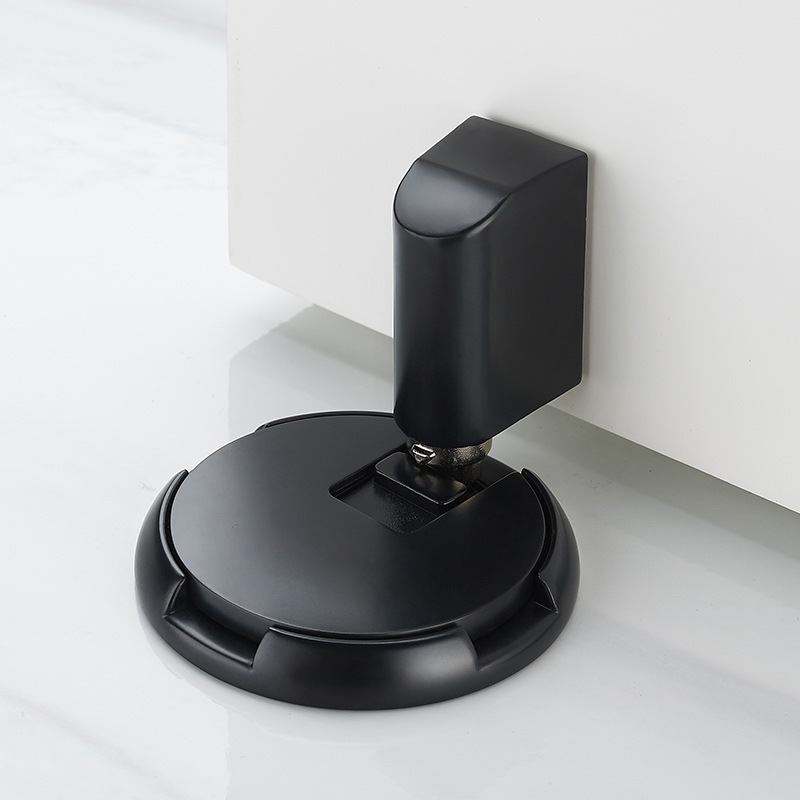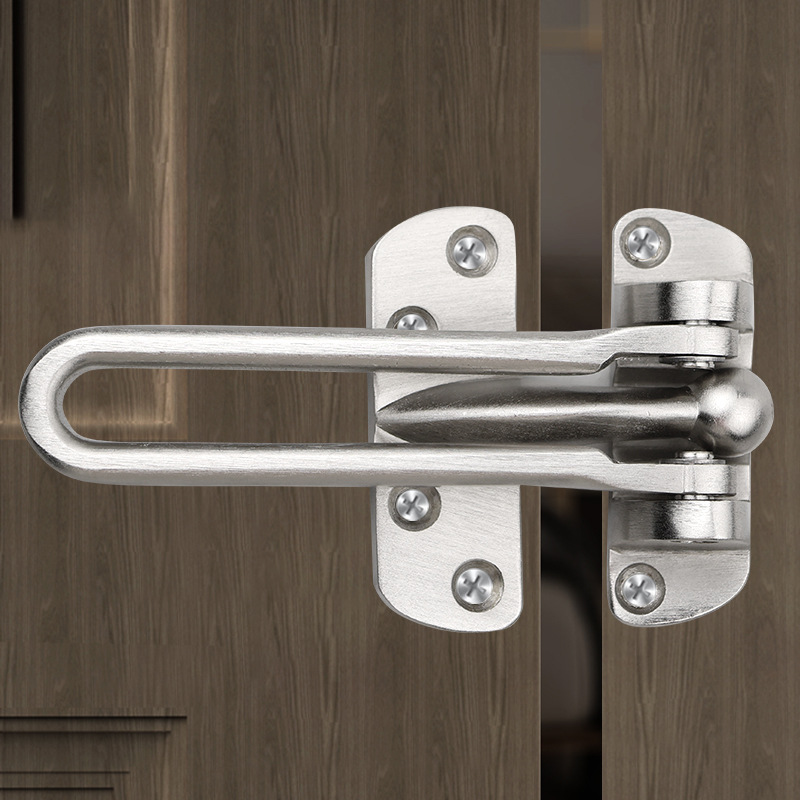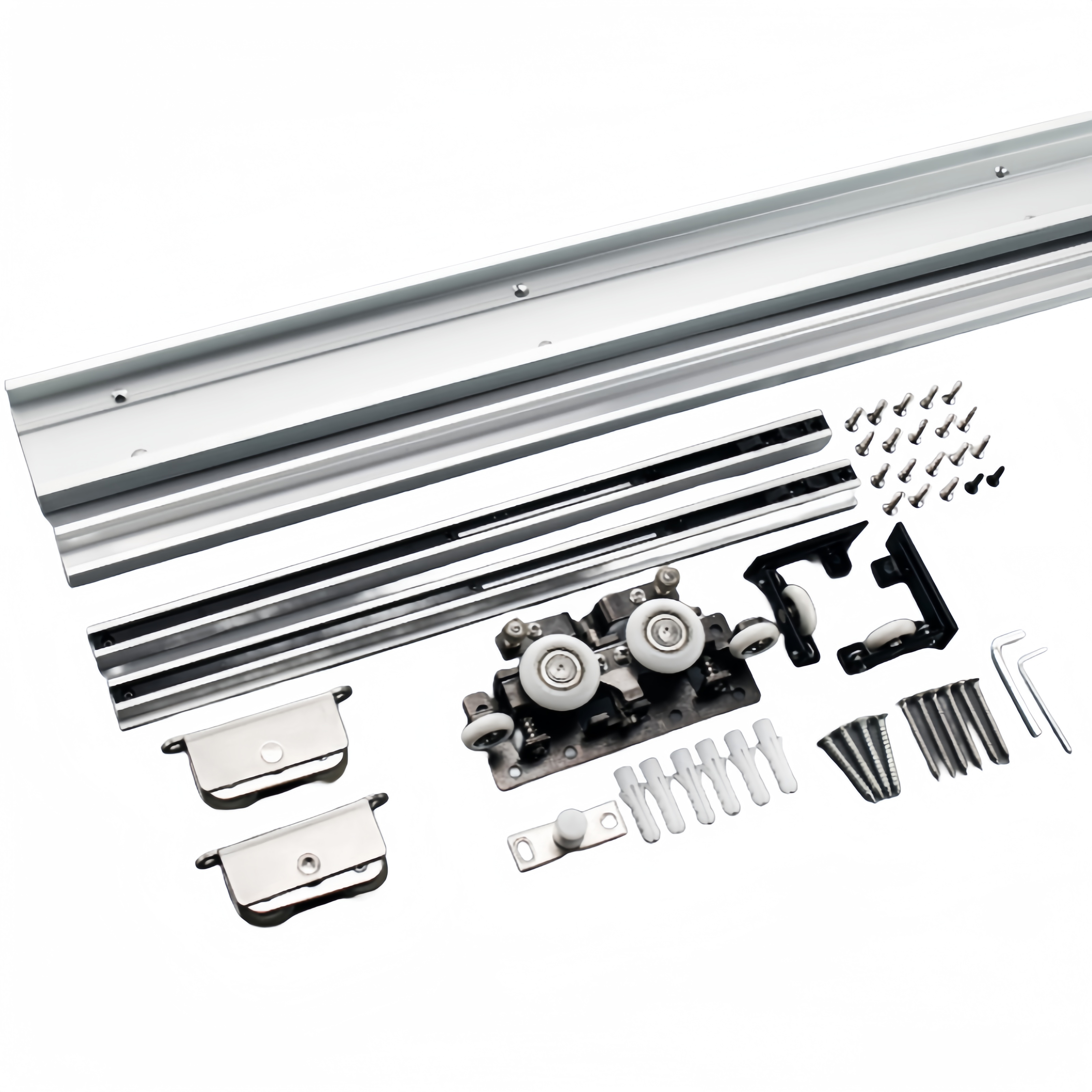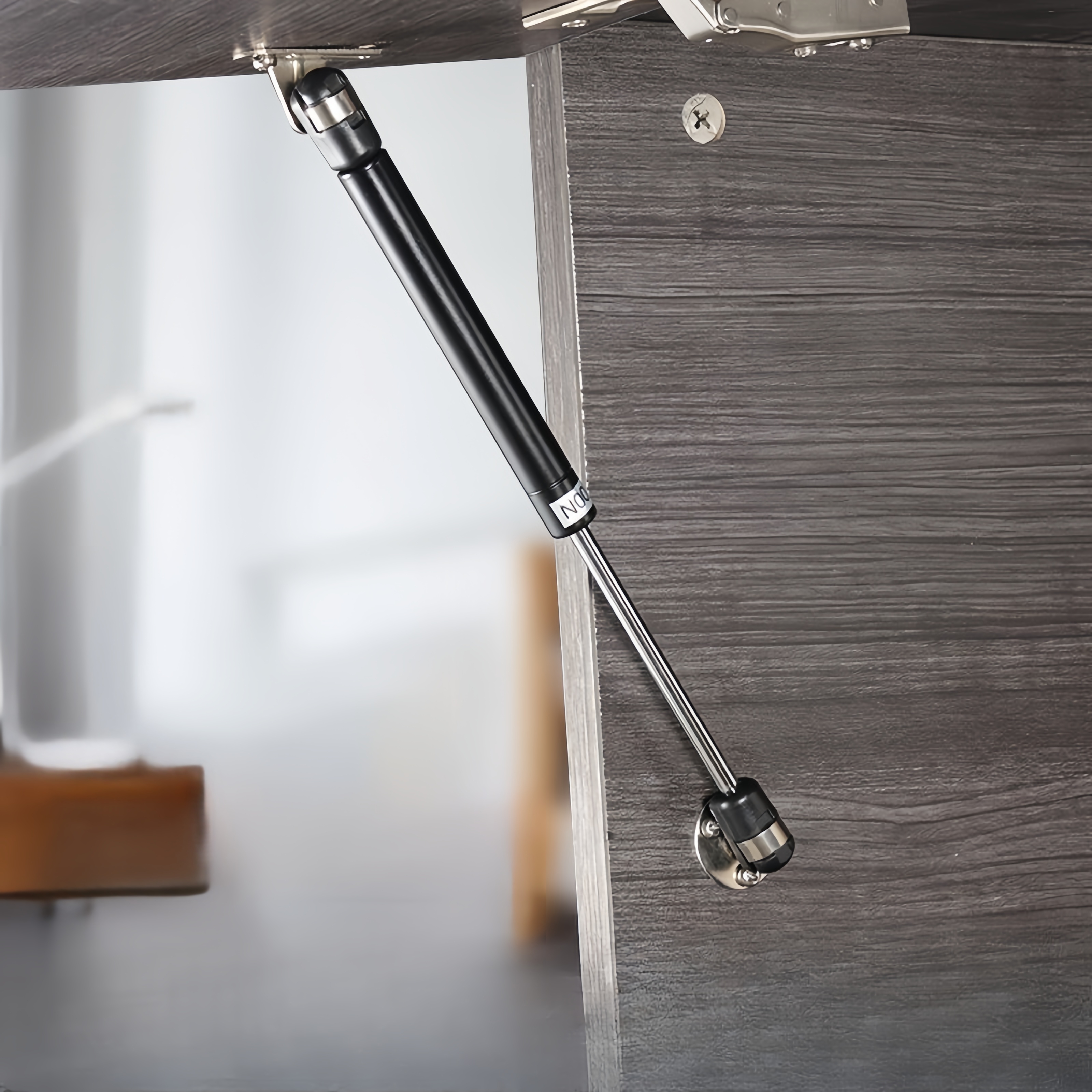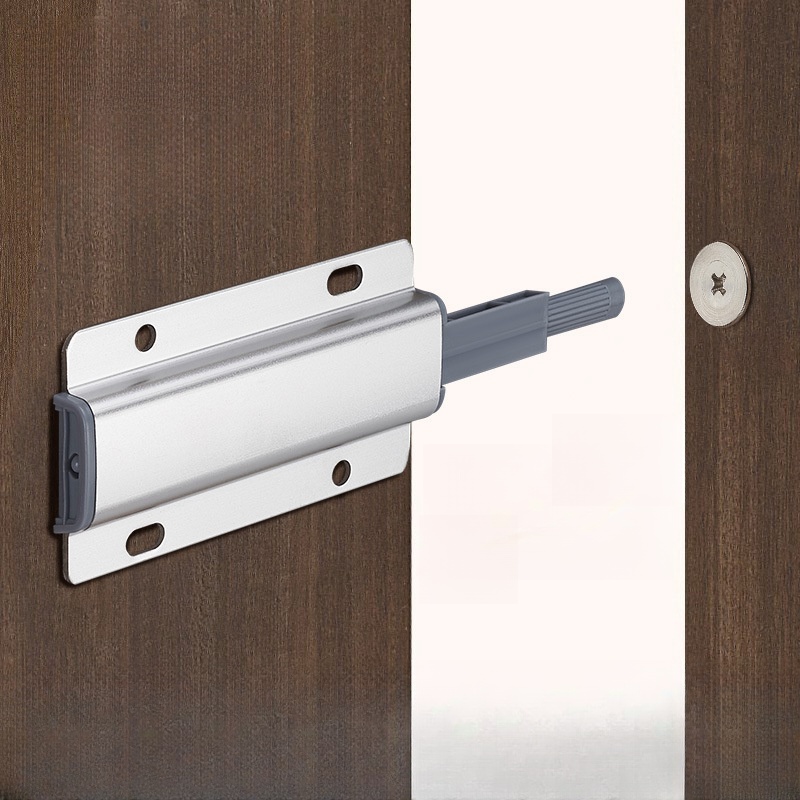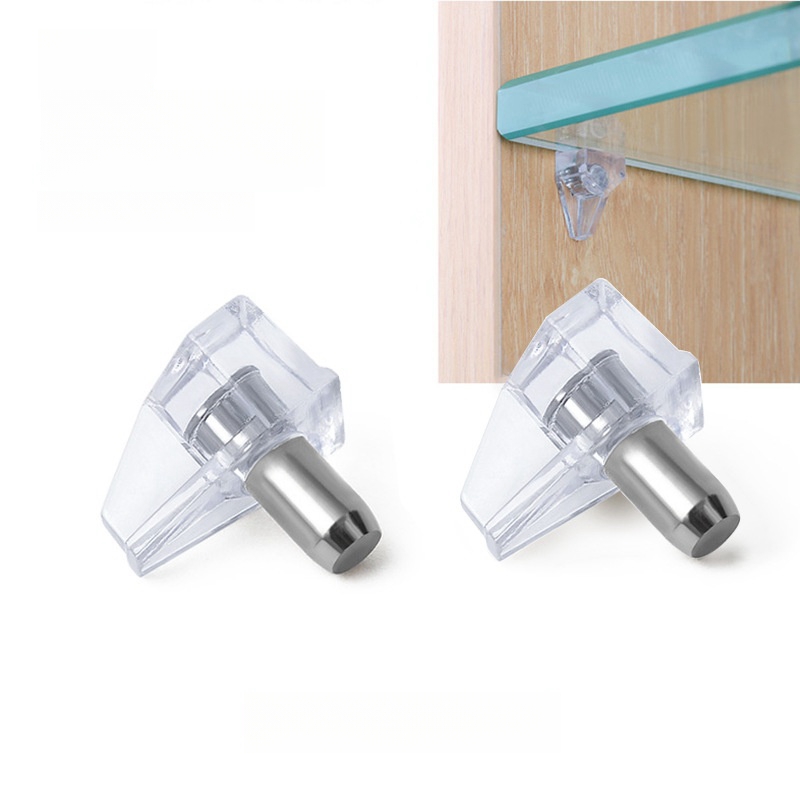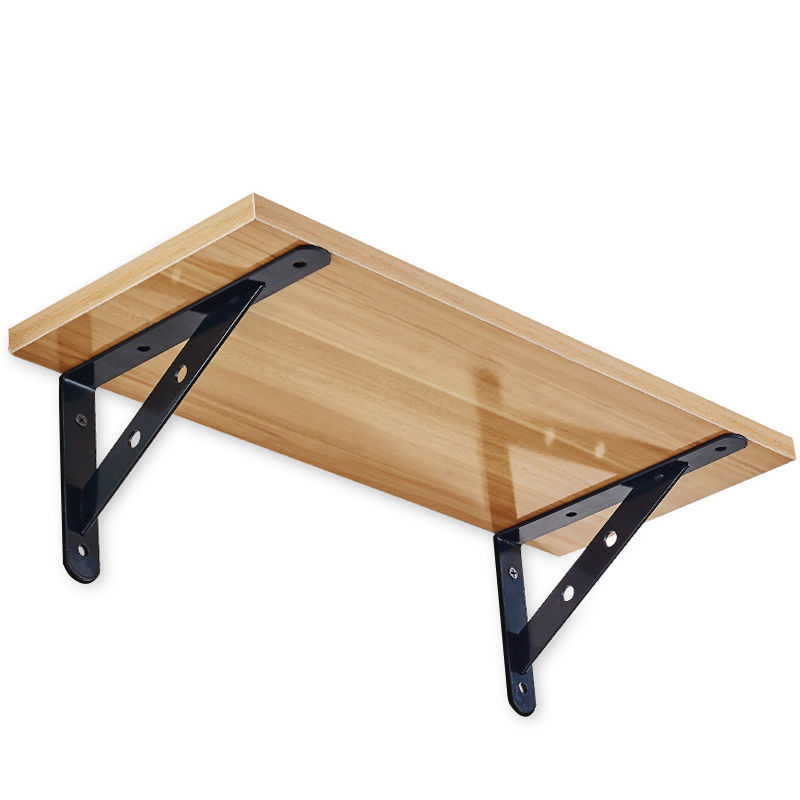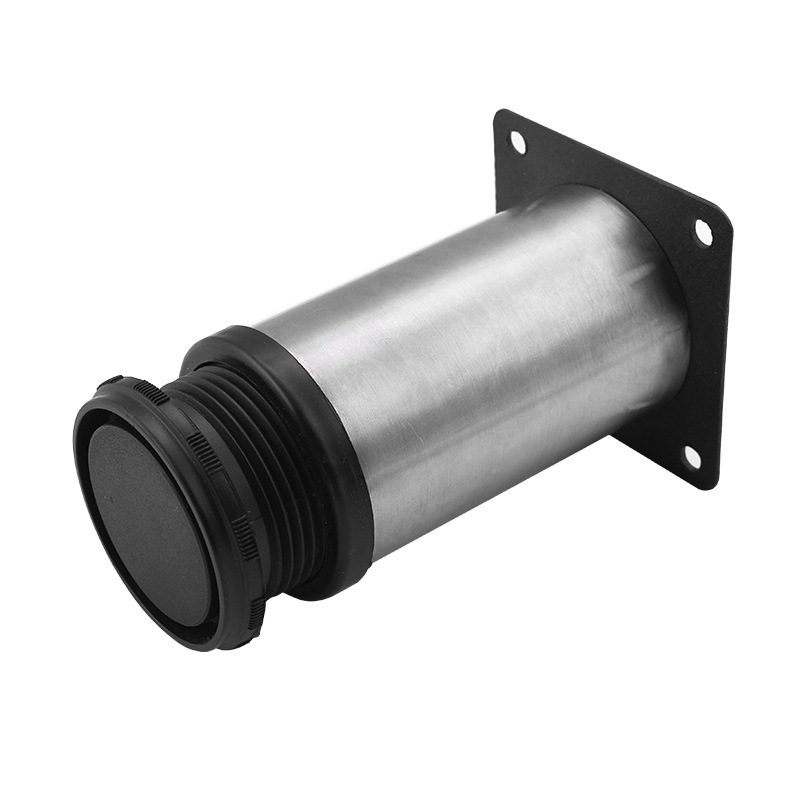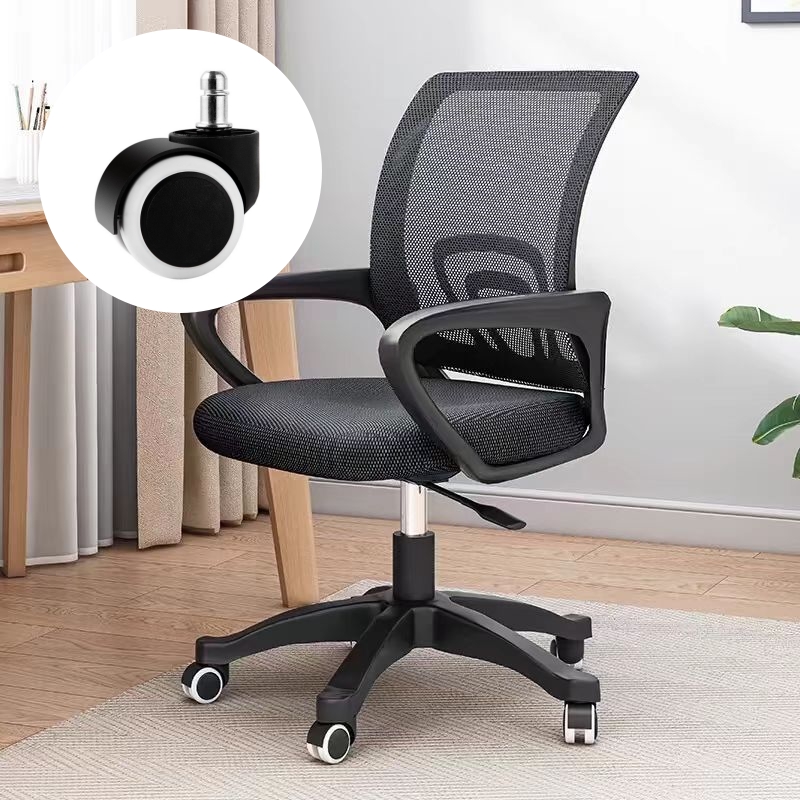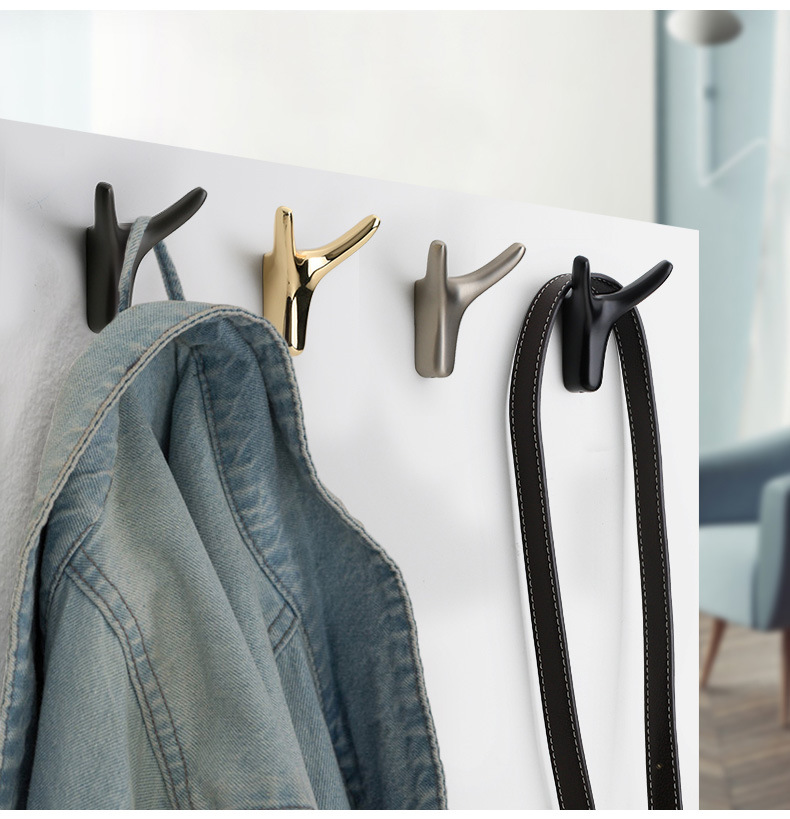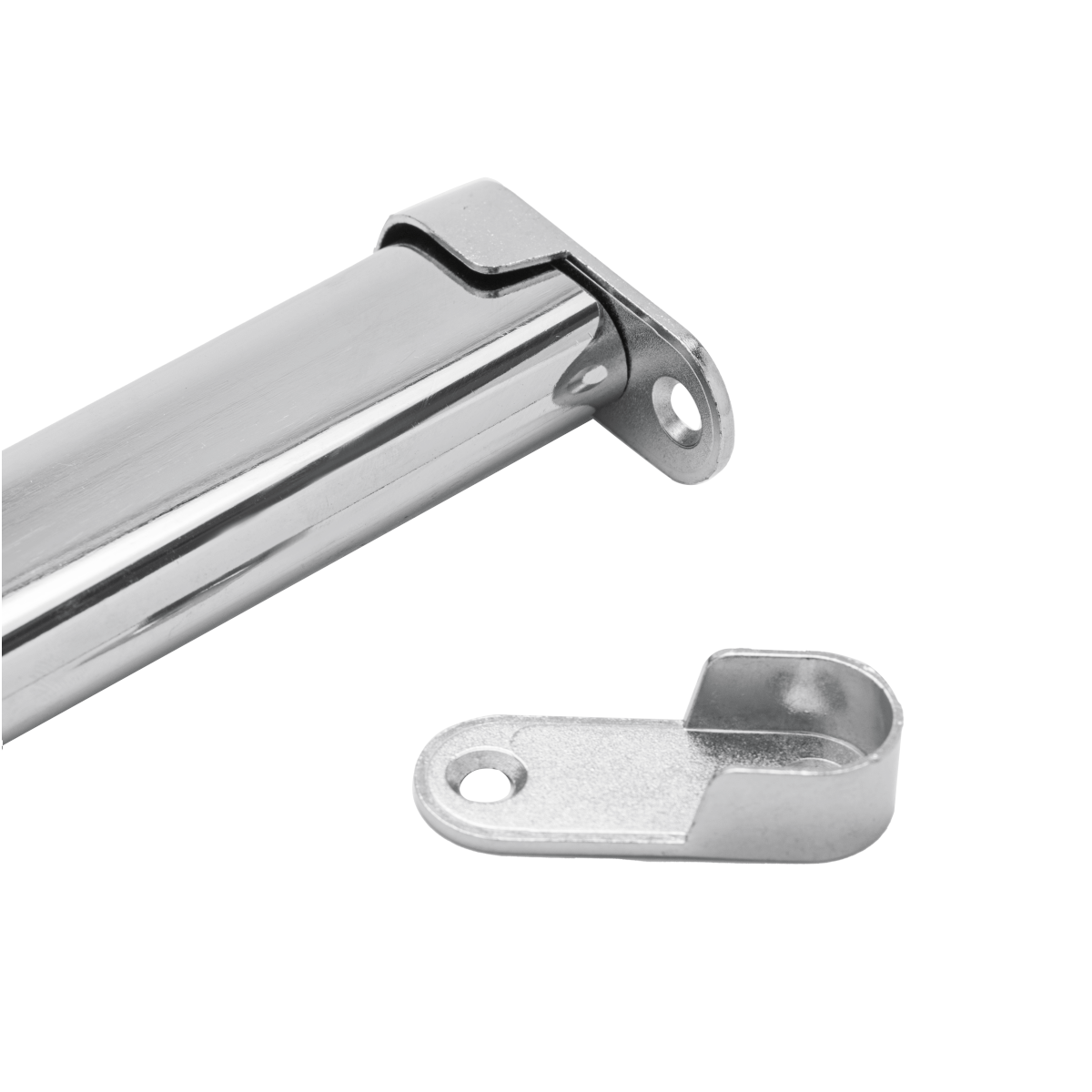
ABOUT
Guangzhou Toplink hardware Co., Ltd specialized in the production and export of furniture hardware fittings, with an experience of more than 14 years.
Our main products are drawer locks, cabinet hinges, sliding rails, cabinet handles, casters, cabinet legs and connecting fittings etc..
With a complete range of products, excellent performance and reasonable prices we have built up business with many customers all over the world.
We are committed to strict quality control and considerate customer service. We sincerely looking forward to becoming your best choice and the most reliable partner!
PRODUCTS
what is a closet flange
What a Closet Flange Is and What It Does
A closet flange is essentially a metal ring, typically made of galvanized steel or plastic, that's embedded in the floor during construction. Its purpose is to provide a secure and watertight connection between the toilet's drainpipe and the floor drain. Imagine it as an anchor, firmly holding the toilet in place while creating a seal to prevent sewage from escaping. This seemingly simple function is critical; a poorly installed or damaged flange is a recipe for leaks and unpleasant plumbing disasters.
The flange itself features a series of bolt holes, which are used to secure the toilet to the floor. This connection, when properly tightened, helps maintain the toilet's stability and prevents it from shifting or wobbling over time. The design cleverly incorporates a lip or collar that protrudes upwards, providing a surface against which the toilet's base can seal, creating the all-important watertight connection. This seal is typically reinforced with wax rings, which further prevent leaks and ensure a snug fit.
Types of Closet Flanges
While the basic function remains consistent, closet flanges come in a few different variations. The most common type is the standard cast-iron flange, a sturdy and long-lasting option. However, these can sometimes be prone to corrosion over time, especially in areas with moisture issues. More modern alternatives include plastic flanges, which offer resistance to corrosion and are often lighter and easier to install. The choice often depends on the existing plumbing infrastructure and personal preferences.
Another important distinction is between surface-mounted and recessed flanges. Recessed flanges are those embedded within the floor during construction, providing a clean and flush installation. Surface-mounted flanges, on the other hand, are installed on top of the floor. This is a common solution for renovations or repairs where embedding a new flange isn't feasible. While both types function similarly, the installation process differs significantly, requiring different techniques and tools.
Importance of Proper Installation
The importance of proper closet flange installation cannot be overstated. A poorly installed flange is the leading cause of toilet leaks. If the flange isn't properly secured to the floor or if the seal isn't airtight, sewage can seep into the floor, leading to costly water damage and potential structural issues. This can also lead to unpleasant odors permeating your bathroom.
Beyond leaks, an improperly installed flange can lead to a wobbly toilet. This is not only aesthetically unappealing but can also make the toilet difficult and even uncomfortable to use. A secure and properly installed flange ensures that the toilet remains stable and provides a comfortable experience for every user. The weight of the toilet, along with the forces exerted during use, can quickly reveal a poorly installed flange, leading to problems down the line.
Troubleshooting and Repairing Closet Flange Issues
If you suspect your closet flange is damaged or improperly installed, it's crucial to address the issue immediately. Ignoring a leaky or wobbly toilet can quickly escalate into a major plumbing problem. Minor issues might involve tightening loose bolts or replacing a worn-out wax ring. However, more severe problems might require replacing the entire flange, which can be a more involved process, often requiring the assistance of a professional plumber.
Diagnosing flange problems often involves inspecting the area around the toilet base for signs of water damage or leakage. A wobbly toilet is another clear indication of a problem. If you're uncomfortable tackling plumbing repairs yourself, calling a qualified plumber is the best course of action. They have the expertise and tools to properly diagnose and repair the issue, ensuring a long-lasting and reliable toilet installation.
Choosing the Right Closet Flange
When choosing a closet flange, consider the material, type (recessed or surface-mounted), and overall quality. Cast iron remains a durable option, but plastic flanges are increasingly popular due to their corrosion resistance and lighter weight. Ensure that the flange is appropriately sized for your toilet and drainpipe. The diameter must match to ensure a proper fit and seal.
Before purchasing, check reviews and compare prices from different manufacturers. Investing in a high-quality flange will provide years of reliable service and save you from future headaches. Remember, the closet flange is a hidden but essential component of your bathroom plumbing; don't underestimate its importance in ensuring a leak-free and stable toilet installation.
In conclusion, the humble closet flange, while often overlooked, plays a critical role in maintaining the integrity of your bathroom's plumbing system. Understanding its function, types, and proper installation is essential for ensuring a long-lasting and trouble-free toilet experience. From preventing costly water damage to ensuring a stable and comfortable toilet, the closet flange deserves the attention it sometimes lacks.SUBSCRIBE
INQUIRY
